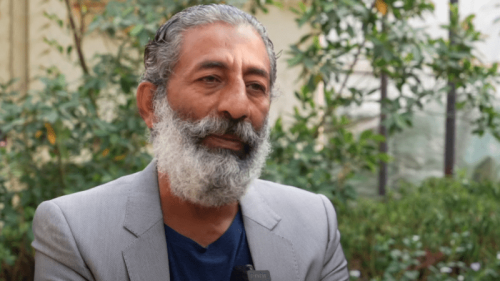AMERICAN marine biologist Rachel Carson published her classic and landmark book, Silent Spring, in 1962 on the adverse health effects of pesticides. She focused on those pesticides, including dichlorodiphenyltrichloroethane (DDT), which were aerially sprayed to control insect populations on a large scale.
During the last 56 years, Silent Spring has been extensively referred to and served as a public warning on the indiscriminate use of pesticides. However, DDT is still used as a pesticide despite an official ban.
Pakistan has two regulations that govern the use of pesticides: Agricultural Pesticides Ordinance of 1971, and Agricultural Pesticides Rules of 1973. However, pesticide use in the country is widespread.
The impact of pesticide overuse is felt far away from the fields where it is applied. A recent study conducted jointly in November last year by the scientists of Quaid-i-Azam University, Islamabad, and Lancaster University, UK, found that dust in and around Lahore contains pesticides that pose a health risk to residents. Prominent pesticides detected were chlorpyrifos and diazinon.
According to the World Health Organisation (WHO), there are an estimated three million cases of pesticide poisoning each year which lead to nearly 220,000 deaths, primarily in developing countries.
There are an estimated three million cases of pesticide poisoning each year, according to the World Health Organisation
Children are particularly vulnerable to the harmful effects of pesticides. Even very low levels of exposure during a child’s development will have adverse health effects. About 400,000 are poisoned every year owing to pesticide handling and usage.
Organochlorines are normally persistent, that is they stay in the environment for a relatively long time and have long residual effects.
DDT, which falls under the group of organochlorines, stays in the environment for a long time. However, the length of persistence varies with climatic conditions. The rate of degradation is hastened under tropical climate as compared to temperate climate.
The WHO has established a classification system, based on the degree of hazardousness. One can see from the classification, for example, how dangerous the class of “extremely hazardous” is.
Newspaper reports show that the use of banned pesticides is continuing in Pakistan. For example, the manufacturing, sale and use of 34 pesticides and chemicals that were banned some 15 years ago continue in Vehari district and adjoining areas.
Pesticides cause soil contamination. The toxic effluent discharged from pesticide manufacturing sites in the shape of liquid discharge and air emissions are harmful to water bodies and public health.

Large-scale use of pesticides also causes water pollution. Besides, water containing high levels of pesticides is difficult to treat by conventional water treatment systems.
Most pesticides contain carrier substances, in addition to active ingredients. These “inert ingredients” are usually not shown on the labels. Quite often, the adverse effects of these inert ingredients can surpass that of active ingredients. Examples are chloroform and carbon tetrachloride, which are highly toxic to humans.
A possible rational approach to pest control is the well-known concept of integrated pest management (IPM), which calls for a multidimensional approach to address the issue.
The official definition of IPM provided by the European Union Framework Directive on the Sustainable Use of pesticides (Directive 2009/128/EC) is:
“Integrated pest management means careful consideration of all available plant protection methods and subsequent integration of appropriate measures that discourage the development of populations of harmful organisms and keep the use of plant protection products and other forms of intervention to levels that are economically and ecologically justified and reduce or minimise risks to human health and the environment. ‘Integrated pest management’ emphasises the growth of a healthy crop with the least possible disruption to agro-ecosystems and encourages natural pest control mechanisms.”
In their 2015 study, Barzman and colleagues suggested eight principles of IPM: prevention and suppression; monitoring; decision based on monitoring and thresholds; non-chemical methods; pesticide selection; reduced pesticide use; anti-resistance strategies; and evaluation.
Published in Dawn, The Business and Finance Weekly, May 7th, 2018













































